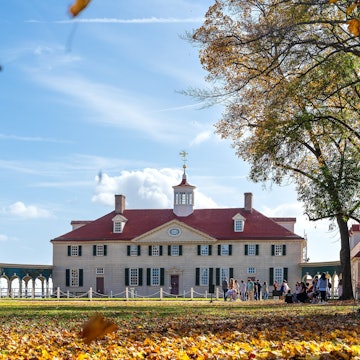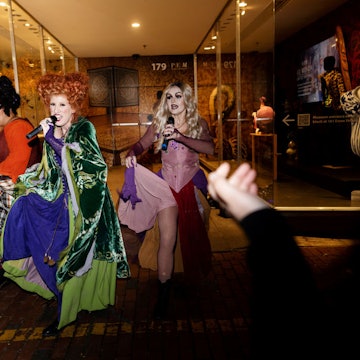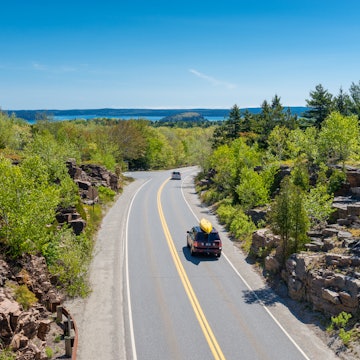
Celebrate Harriet Tubman's 200th birthday at these 5 sites


Her home in Auburn, NY is one of several places you can visit to learn more about legendary abolitionist Harriet Tubman on her bicentennial © Lee Snider/Getty
Born into slavery 200 years ago this year, Harriet Tubman became one of the most important abolitionists in US history. Not only did she escape slavery herself, she became the most famous conductor of the Underground Railroad, helping to lead scores of other enslaved people to freedom. Later, she became a cook, spy and armed scout for the Union forces during the Civil War.
Tubman’s impact on American society is deep and lasting, an icon of courage and freedom in the face of incredible adversity. Here are the five best places you can learn more about her and her struggle against slavery.
Harriet Tubman Underground Railroad Visitor Center in Church Creek, Maryland
Close to the area where Tubman grew up, the Harriet Tubman Underground Railroad Visitor Center in Church Creek, Maryland, features moving displays that spotlight key moments in Tubman's life, with one moving exhibit that shares the names of the slaves she helped rescue – more than 70 in all. Other exhibits display Tubman’s later achievements, including her actions during the Civil War, and her work as a suffragist and civil rights activist.
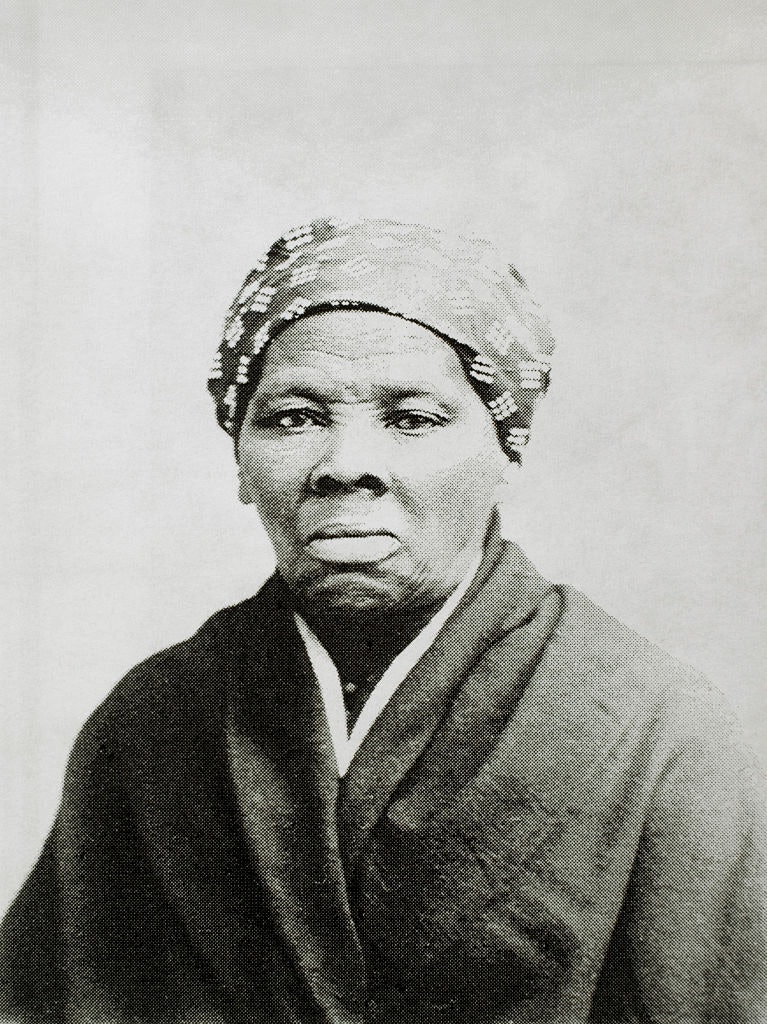
Harriet Tubman Underground Railroad Byway in Maryland and Delaware
The visitor center is a good place to pick up a map of the full Harriet Tubman Underground Railroad Byway, a scenic driving tour that covers the sites of young Tubman’s life, such as the general store (closed due to COVID-19) where she was nearly killed for refusing to help restrain another enslaved person, or the Bodress Farm, where she spent her childhood. More than 30 stops line the 125-mile byway, running through Maryland and Delaware.
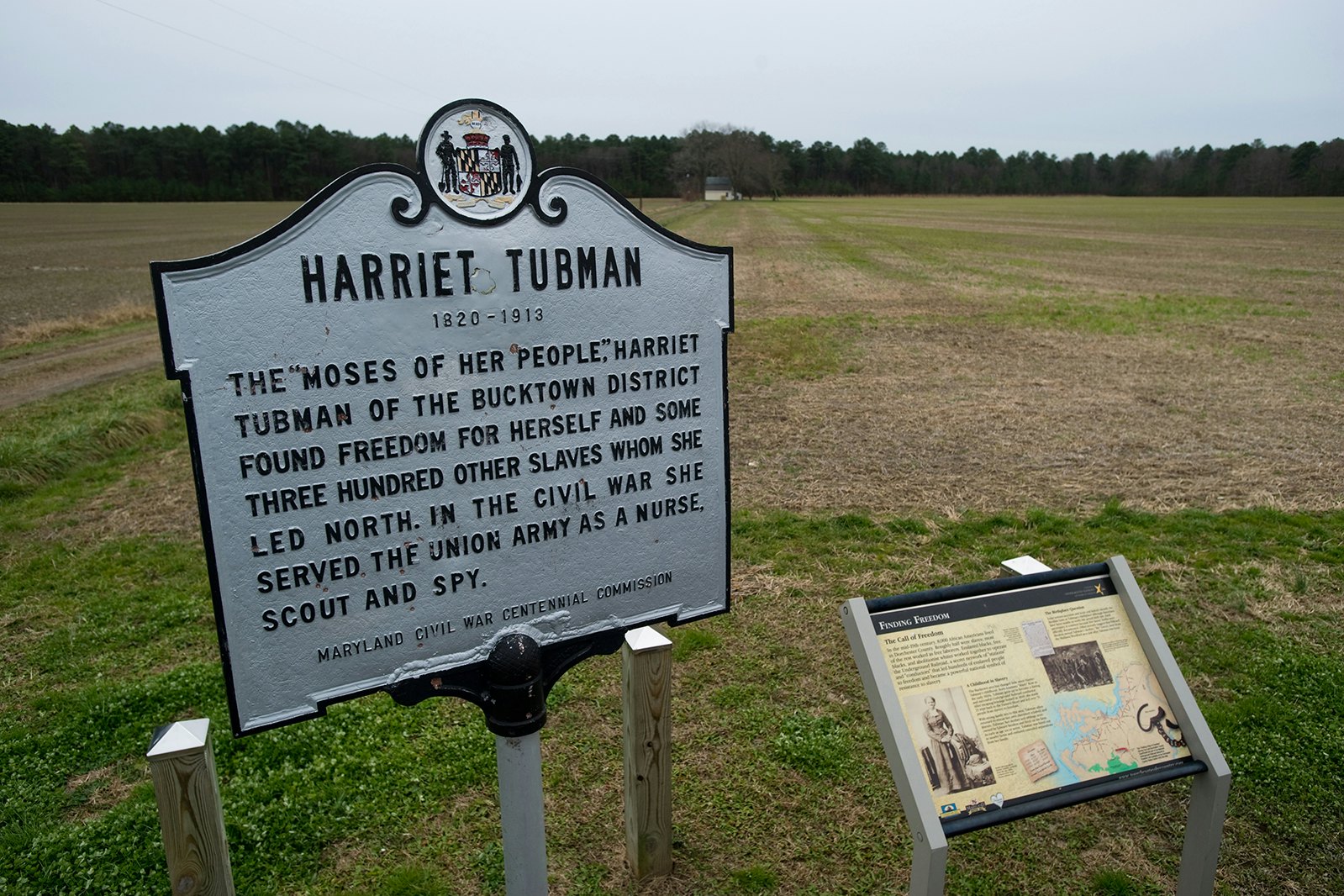
Tubman Museum in Macon, Georgia
While Tubman never made it as far south as Macon, Georgia, the founder of this gallery of African American art and culture was so affected by Tubman’s achievements that he named his museum after her. The central highlight is a collection of art inspired by Tubman, but there are also eye-opening exhibits on the Jim Crow and Civil Rights eras and works from major contemporary Black artists.
Harriet Tubman National Historic Park in Auburn, New York
In 1857 Harriet Tubman settled in Auburn, New York, having purchased a home and land from abolitionist and Senator William H. Seward. The home became a haven for many of those who Tubman had helped free from slavery. Today this home, along with the Thompson A.M.E. Zion Church and the Harriet Tubman Home for the Aged, both of which sit on land that Tubman donated, are all part of the Harriet Tubman National Historical Park. The Fort Hill cemetery, where Tubman is buried, is not technically part of the park, but is located nearby.

National Underground Railroad Freedom Center in Cincinnati, Ohio
The Ohio River marked the boundary between slave states and free states, and Cincinnati, sitting right on the river’s north banks, was an important stop on the Underground Railroad. Exhibits at this excellent museum show how escaped slaves made their way north, as well as the ways in which slavery still exists around the world today.
National Museum of African American History & Culture in Washington, DC
This Smithsonian museum in Washington, DC, covers the wider African American experience and how it shaped the United States as a whole. Beginning with the sobering "Slavery and Freedom" exhibit that traces the competing impacts of these two ideas on the founding of the United States, and extending into a massive collection of over 3,500 artifacts, this museum touches almost every aspect of African American life. Artifacts of Tubman’s life include the silk lace and linen shawl given to Tubman by Queen Victoria in 1897.
You might also like:
Where to explore Gullah culture in the US
15 places in the US to mark Black History Month
The most essential US civil rights sites in the South








